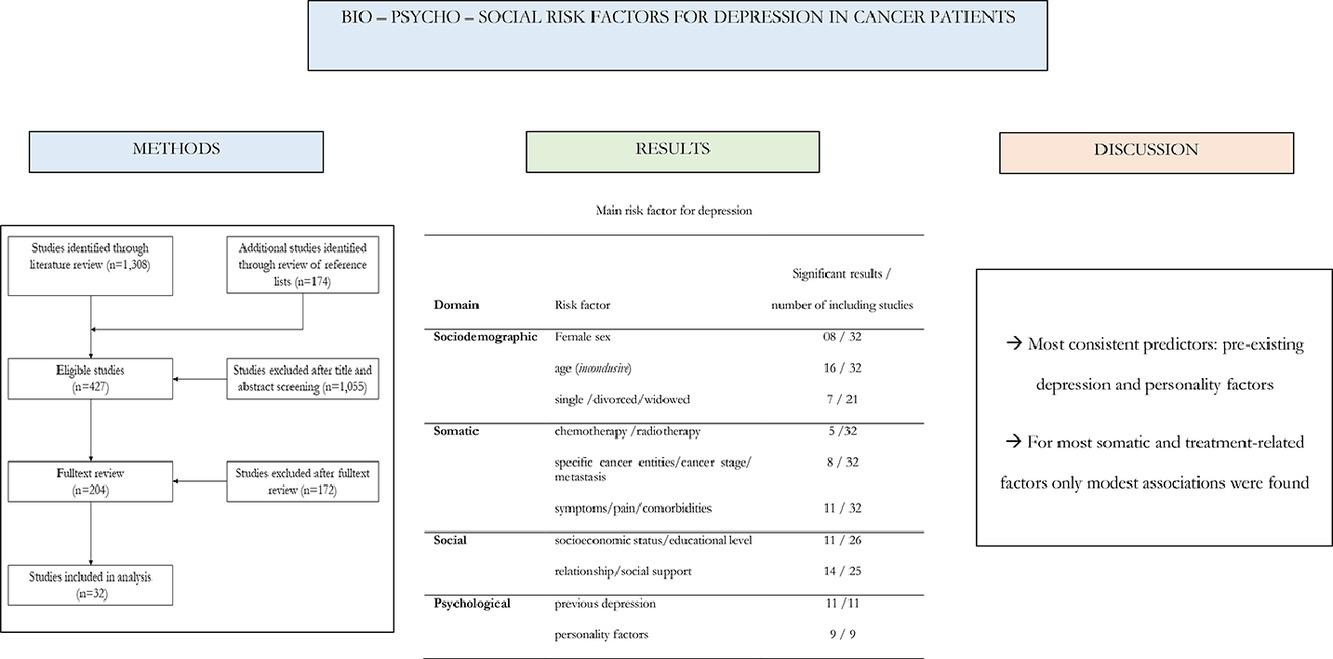Elsevier,
Mutation Research - Genetic Toxicology and Environmental Mutagenesis, Volume 874-875, 1 February 2022
This review focus on the mechanisms by which oxidative stress, mitochondrial dysfunction, ER stress, and inflammation are involved in the pathophysiology of T2D, highlighting the importance of the antioxidant response and DNA repair mechanisms counteracting the development of the disease.
Elsevier,
Trends in Food Science and Technology, Volume 120, February 2022
The nexus of agri-food and sustainability in economic development has recently attracted the interest of policymakers, as global challenges like climate change and food security are revisited and reassessed. The critical role of food production in economic development has been emphasized through targeted agricultural quality policies. Many developed countries worldwide, including EU member states, have introduced food quality policies that could support sustainability.


